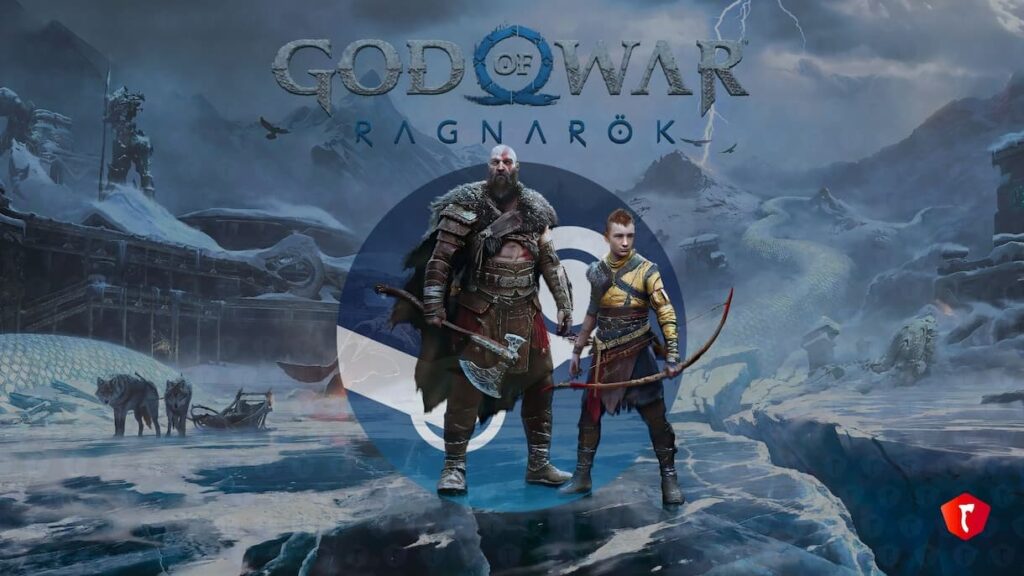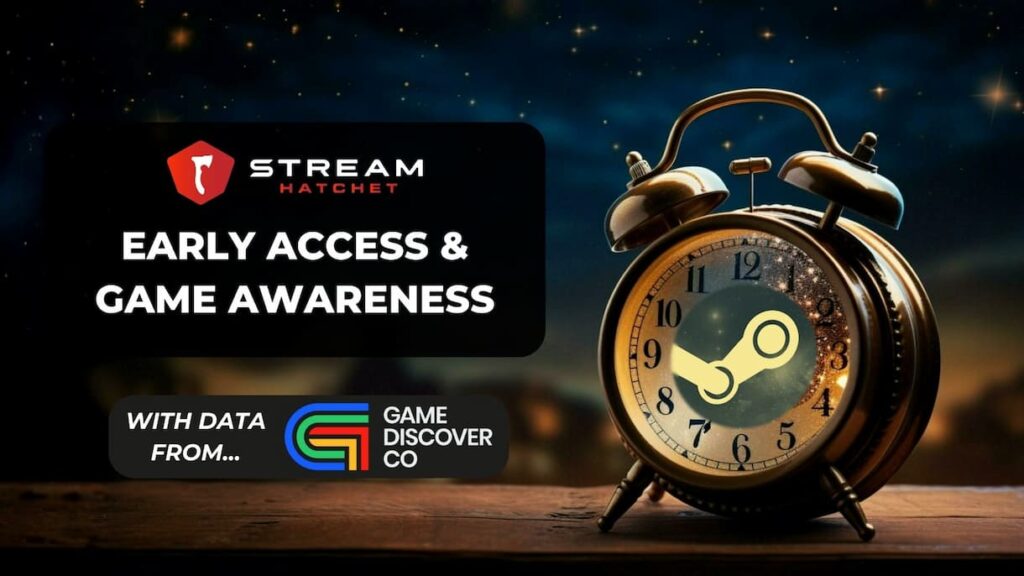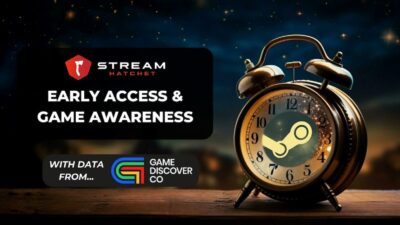The PlayStation 5 has been a massive financial success for Sony, generating $106B, with over two thousand publishers and 118M monthly active users. Apart from commercial success, the PS5 has also seen some of the best games on live-streaming platforms, buoying the profile of Sony’s console. And yet, there is still a holdout segment of the video game playing audience that is untapped for PS5 games: PC users.
In May of this year, Sony announced plans to reach PC users by making more of its previously PS5-exclusive titles available via Steam and Epic Games store. Live service games will launch cross-platform from day one to grow these games’ player bases, while single player games will instead launch as PS5-exclusives before being ported to PC months later.
In this article we focus on the latter case, looking at how PC ports of PS5 games perform on live-streaming platforms compared to their original release. In particular, we’re focusing on the two most recent examples of this strategy: God of War Ragnarök and Final Fantasy XVI.
PC Ports Generate a Tiny Fraction of Original Release Viewership
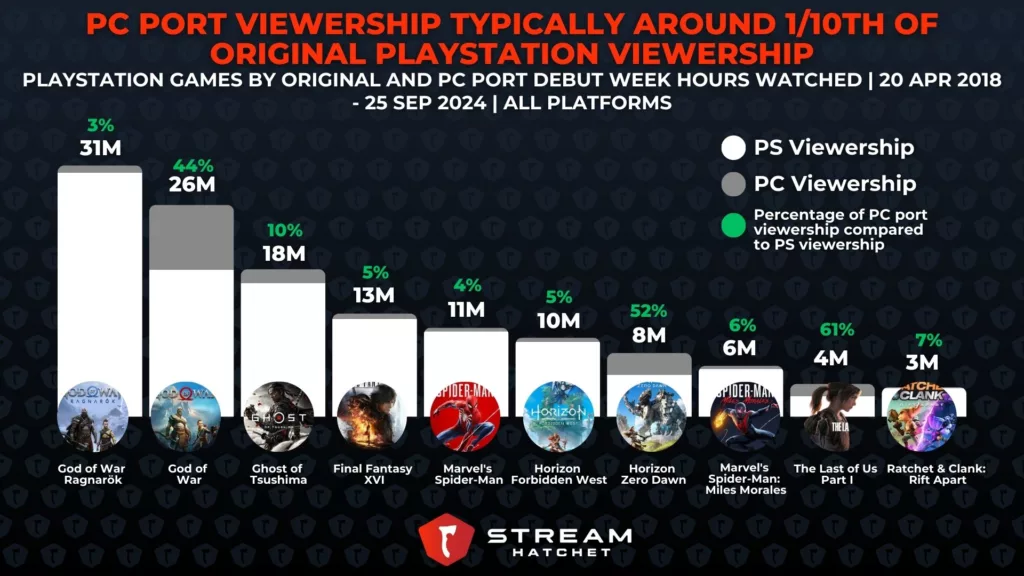
Looking at ten notable PC ports of PlayStation games reveals a trend in viewership between the two releases. Viewership during the release week of a PC port is generally no more than 10% of the original PS game’s release week viewership by hours watched. Some examples of percentage viewerships for PC ports compared to PS releases include Horizon Forbidden West (5.3%), Marvel’s Spider-Man (4.2%), and Ghost of Tsushima (10.3%). Lower viewership from PC ports is to be expected – after all, the game’s content has already been available to watch on live-streaming platforms regardless of what console the viewer owns.
But some examples suggest it’s possible to get far higher viewership for PC ports, including God of War 2018 (44.2%) and Horizon Zero Dawn (52.2%). These titles have two major things in common. Firstly, their original PS releases were both far earlier than their PC port counterparts (a gap of 3-4 years). More time between PS and PC release allows for new gamers to enter the market and for old fans of the games to feel nostalgic. Secondly, both games started a new franchise (with God of War 2018 being a series reboot). Many gamers will have missed the original’s release and will only be engaging with it years later thanks to its now critically-acclaimed status.
The absence of these two factors goes a long way to explaining the less-impressive performance of two recent PS to PC ports…
God of War Ragnarök Not as Highly Anticipated on PC
First off, we’re looking at God of War Ragnarök which was released on PC on the 19th of September. The PC port of God of War Ragnarök generated 905K hours watched compared to the 30.4M hours watched of the original PlayStation release – just 3%. God of War Ragnarök’s original release was a phenomenon thanks to the hype from God of War 2018 and universally positive reviews. And yet the player base for the PC port of the game has been surprisingly small, sitting at less than 30K concurrent players in its first couple of days (44K less than its original release).
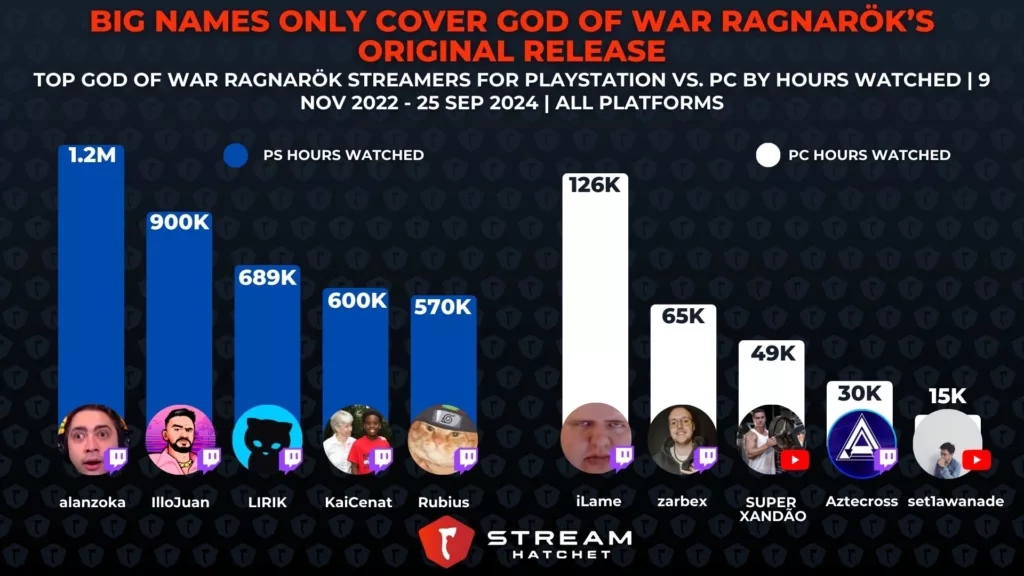
Hype on live-streaming platforms has been lacking as well. While the original title had big-name streamers supporting it in the first week like alanzoka (1.2M hours watched) and LIRIK (689K hours watched), the PC port of God of War Ragnarök only gained the attention of smaller streamers with lower viewerships like iLame (126K hours watched) and zarbex (65K hours watched). With so many new titles releasing every month, it’s near-impossible for a port to match up to the hype of a completely new game. Still though, it’s amazing some big-name streamers didn’t return to the title given how popular it was among their fanbases.
The PC port for God of War Ragnarök had some other factors going against it as well, both in terms of players and live-streaming viewership:
- The requirement to sign up for a PSN account provoked negative or mixed reviews from players
- Under 2 years have passed since the original game’s release
- More people originally played God of War Ragnarök, meaning there were less potential new players to tap into
- The game’s ability to support low spec PCs might have helped more players enjoy the game, but it reduces the appeal of a PC port as the graphical capability of the title has already been showcased
All of these factors add up to lower demand for a PC port, despite the fact that many people who played both versions of the game consider the PC port to now be the definitive version.
Final Fantasy XVI Fits the PC Mold, But Still Fails To Bring in Viewership
Final Fantasy XVI fared slightly better than God of War Ragnarök when generating new live-streaming viewership. The PC port of Final Fantasy XVI generated 662K hours watched compared to the 12.2M hours watched of the original PlayStation release – a 5.4% conversion. Square Enix had a lot riding on the success of this latest entry in the Final Fantasy series, and it paid off with impressive hype on live streaming. Fans of the series have long wished for Final Fantasy games to be available on multiple platforms, and so the PC port of Final Fantasy XVI is Square Enix’s first move in its long-term plan to release multiplatform titles.
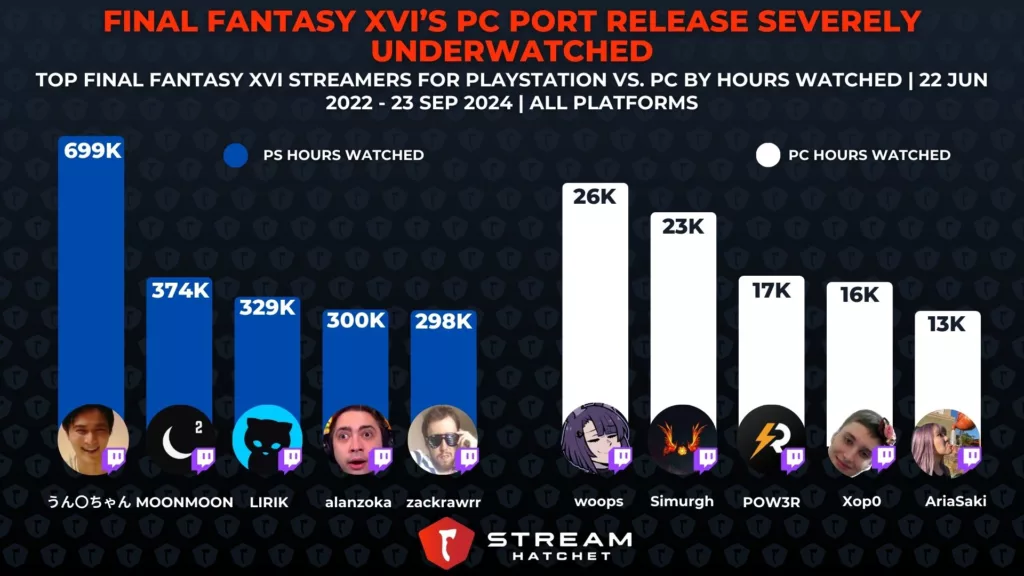
Despite best intentions, however, Final Fantasy XVI met mostly the same fate as God of War Ragnarök. Top streamer of the original release Junichi Kato brought in 699K hours watched, whereas the top streamer of the PC port for Final Fantasy XVI, woops, brought in just 26K hours watched. Player numbers don’t look much better, with roughly 17K concurrent players trying out the game in its first hours on PC. Final Fantasy XVI’s PC port was plagued with many of the same issues as God of War Ragnarök, with the PC port releasing just over a year after the original release.
Still, this result is surprising: Final Fantasy XVI had a lot of potential as a PC port:
- As an action title, it is better suited to PC gamers than traditional JRPGs like earlier Final Fantasy games
- The PC port was priced at an incredibly generous $50 on Steam
- The spectacle of the game allows PC users to get the most out of their graphics cards
- The game even provided fantastic support for mouse and keyboard, satisfying the desires of PC purists
Again, like God of War Ragnarök, many fans of both titles now consider the PC port of Final Fantasy XVI to be the definitive version. With Square Enix listening to its fans and trying out a PC release for Final Fantasy, big-name streamers and viewers should have turned out to see how the port performed. Instead, just 2.5% of viewers who watched Final Fantasy XVI’s original release came back to watch the release of the PC port.
While all of this doom and gloom may sound like a warning against early PC ports, that’s not entirely the case. Whether the PC strategy still makes sense for Sony (and Square Enix) depends on two factors: Whether the development cost of a PC port is cheap enough to justify a small increase in players, and whether they believe these new PC players will become future PlayStation (and Final Fantasy) players. Quality content is key for converting customers, and so far Sony have been smashing it with critical and fan praise for nearly all games with PC ports.
With more PC ports soon to be released including The Last of Us Part II, Final Fantasy XII Rebirth, and Astro Bot, time will tell if the strategy pays off. Stream Hatchet will be watching as more ports are released in the coming months.
To keep up to date with the latest game releases on live-streaming platforms, follow Stream Hatchet:
